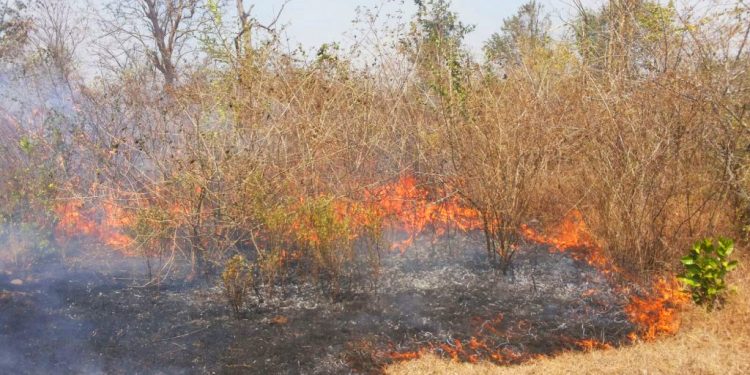The Amazon rainforest, the world’s largest carbon dioxide sink, is burning. It has made the world sit up and take note of the massive devastation that can result in major ecological imbalance. Brazil’s National Institute of Space Research has recorded more than 74,000 fires so far in 2019, an increase of 84 per cent compared with the same period last year. Besides, almost 4,000 new forest fires were reported in Brazil in recent weeks even after the government imposed a ban on deliberate burning to clear forest land.
Forest fires are as old as forests themselves. While the general perception is that these fires result in destruction of trees and loss of wildlife, the reality is more nuanced. Forest fires are considered a natural phenomenon that helps in maintaining ecological balance and in regeneration. Fire often helps the forest to get rid of its natural waste like dry grass, tree needles and thick bushes so that bigger trees can get more space and water for their growth.
This happens across the world where landmass is covered by dense forests. Back home too, forest fires have often been reported in different parts of the state. The problem blows up when the fire turns wild and destroys the entire flora and fauna of the region, severely affecting the ecological balance. Sunday POST tries to find out the reasons for the forest fires that occur every year in Odisha by talking to authorities concerned, environmentalists and botanists.
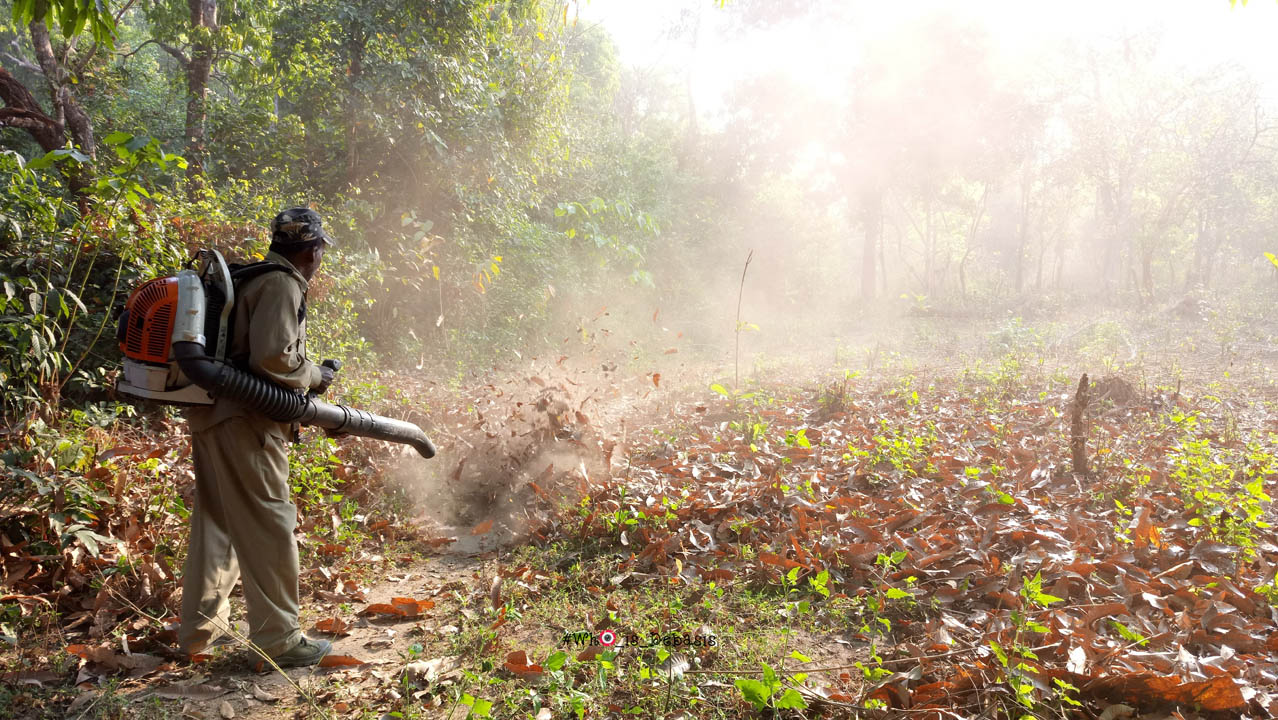
Forest fires result in loss of green cover, natural habitat and the livelihood of forest-dependent people, especially the tribals. At times, the forest cover is destroyed to such an extent that rainwater simply flows through the area without recharging the ground water. This erodes the forest floor and the soil remains dry for a long time.
According to a recent report, as many as 5,332 fires have occurred in forest areas in Odisha like Kandhamal, Boudh, Nayagard (Satkosia), Dhenkanal (Sapta Sajya), Similipal, Keonjhar and Koraput among others since November 1, 2018. In fact, November marks the beginning of the season for forest fires in the state.
Researcher and environmentalist Ranjan Panda says, “Fire is a good servant but a bad master. Forest science says that forest fire is good to a certain extent. However, if it goes out of control, it can affect existing species and the entire flora and fauna of a forest.”
He further says that forest fire is common during summer but because of excessive heat and global warming, the moisture-holding capacity inside the forests is declining. This is one of the main reasons the fire doesn’t extinguish on its own.
“Excessive generation of heat is the biggest reason behind the increasing number of forest fires. The intensity of heat has increased in the state in the past few years. This is all because of global warming. Dry forest litter and piles of dead timber can catch fire easily. Very often, a fire is caused by lightning from a summer thunderstorm. Oxygen, flammable materials, strong wind, low humidity and certain geographical conditions make the fire wild,” adds Ranjan.
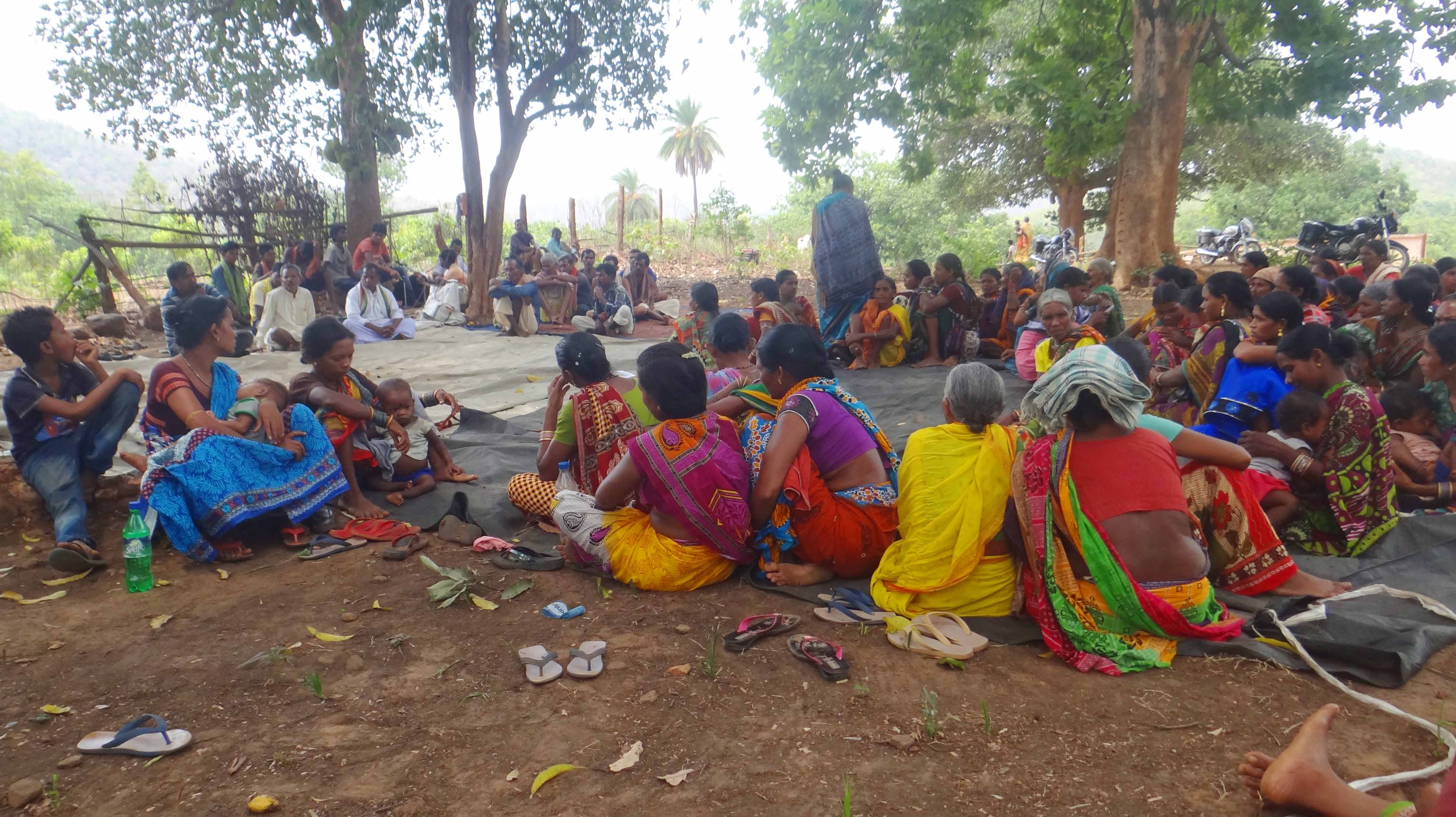
Like the Amazon rainforest fires, where a lot of the blame is being put on man made issues like deforestation and illegal timber trade, many cite similar reasons for the forest fires in Odisha.
According to the locals of Nayagarh district, poachers are responsible to a large extent for the increase in frequency of forest fires. “Poachers set on fire a patch of forest from four sides leaving only a narrow escape route for the wild animals. This helps them to trap the distressed animals easily. But the fire often goes out of control because there is so much dry litter all around. At times, these poachers employ local tribals as workers but there are hardly any examples of tribals being poachers,” says Jaydev Nayak, a resident of Basantpur village in Nayagarh.
Premanand Panda, retired professor of anthropology and former director of Scheduled Castes & Scheduled Tribes Research and Training Institute (SC/STRTI), too dismisses the notion that tribals are responsible for the growing number of forest fires. “Most forest dwellers believe in protecting the forests as it is an intrinsic part of the tribal culture,” he says.
Ranjan also echoes Premananda’s sentiments. “Communities are always sensitive towards the forest. Even though they sometimes set the forest on fire due to lack of awareness, they do it in a very controlled manner causing very negligible or no damage to the forest or the ecosystem,” he says.
“Communities are socio-economically and culturally connected to forests. They are involved in management of forests. Their involvement with forests is about preserving ecology and sustainable livelihood. On the other hand, the forest department’s involvement with forests is at the level of an owner and its concern for the forest is basically related to revenue generation,” adds Ranjan.
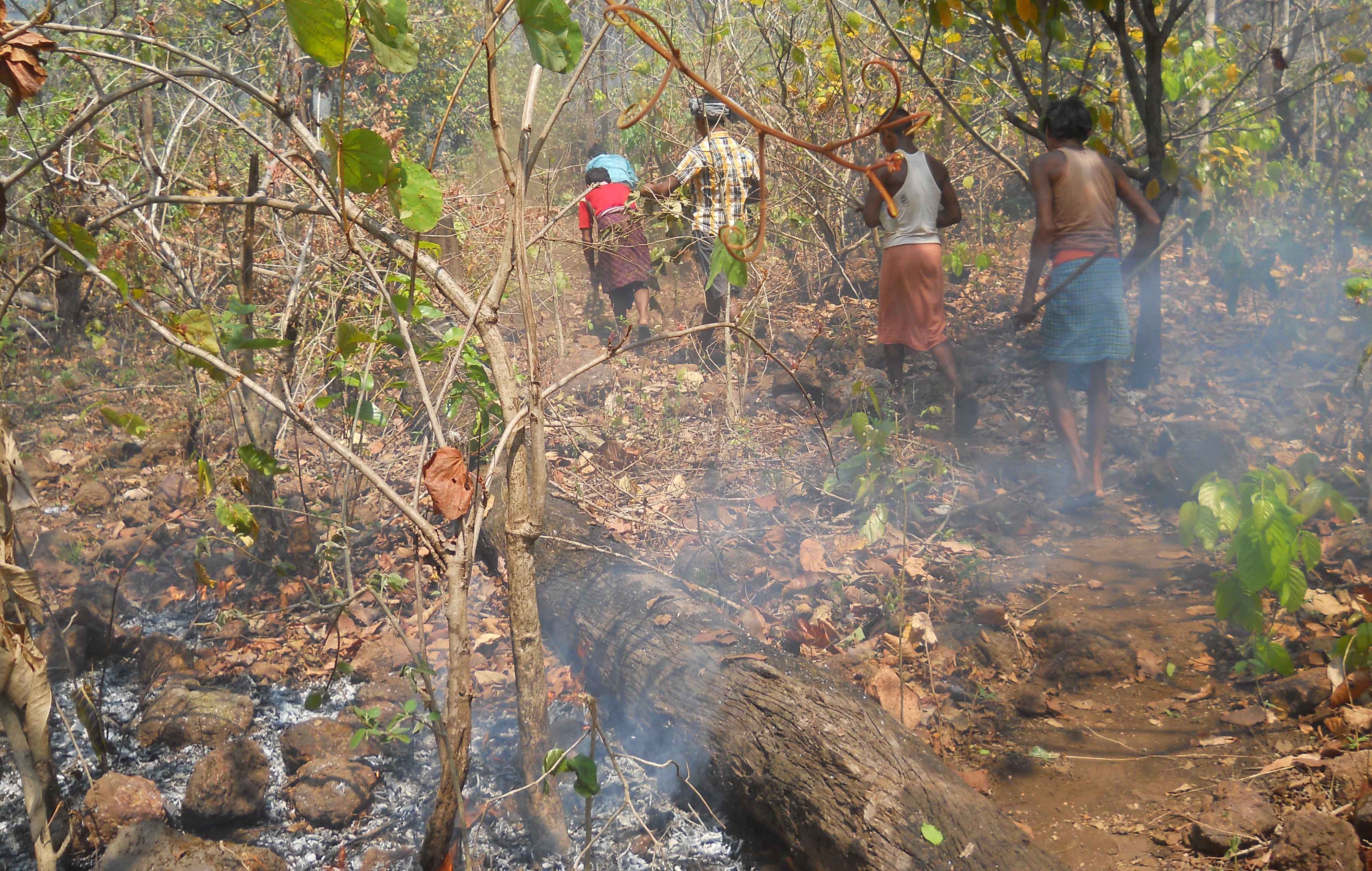
Talking about forest fires in Odisha, botanist Hemanta Kumar Sahoo says, “Forest fires in India’s seasonally dry tropical forests are generally lower-intensity surface fires. There aren’t too many incidents of crown fires in the forests of Odisha. While surface fires do not cause major damage to the forest, repeated burning can have an impact on the ecology of the forest, the humus content of soil, and hamper the growth and quality of the forest.”
Citing the reasons behind the rising forest fire incidents in the state, Hemanta puts most of the blame on the timber mafia. “Loggers are given permission to fell a certain number of trees, but many violate the order and rampantly cut down trees. They take away the logs and dump the twigs. Later, they torch the dry leaves and twigs to avoid inquiry, which is one of the major reasons behind the fires,” he says.
“Also, they light flames to keep the woodcutters safe from wild animals during the wood cutting process but the fire sometimes gets unmanageable. At times, they just forget to put it out,” adds Hemanta.
Some attribute the rise in forest fires to certain people involved in collecting Kendu leaves. In order to misappropriate funds meant for bush cutting, contractors at times set the bushes on fire. “Their plan of creating a controlled fire often goes awry and ends up destroying the entire flora and fauna of the region. Government officials keep a strict vigil on the process but given that the forest areas are huge, it’s very difficult to catch these people red-handed,” says a forest official on condition of anonymity.
While experts, environmentalists and botanists all give multiple reasons for the increase in incidents of forest fires, most agree on one point —promoting community management of forests. “Concerned people, civil society and the forest department should encourage community management of forests and forest fires,” says Ranjan.
Hemanta also suggests community involvement to check forest fires. “It has been observed globally that community involvement in checking forest fires has usually met with success. Community members give their best to prevent wildfire once they are made aware of the issues involved,” he says.
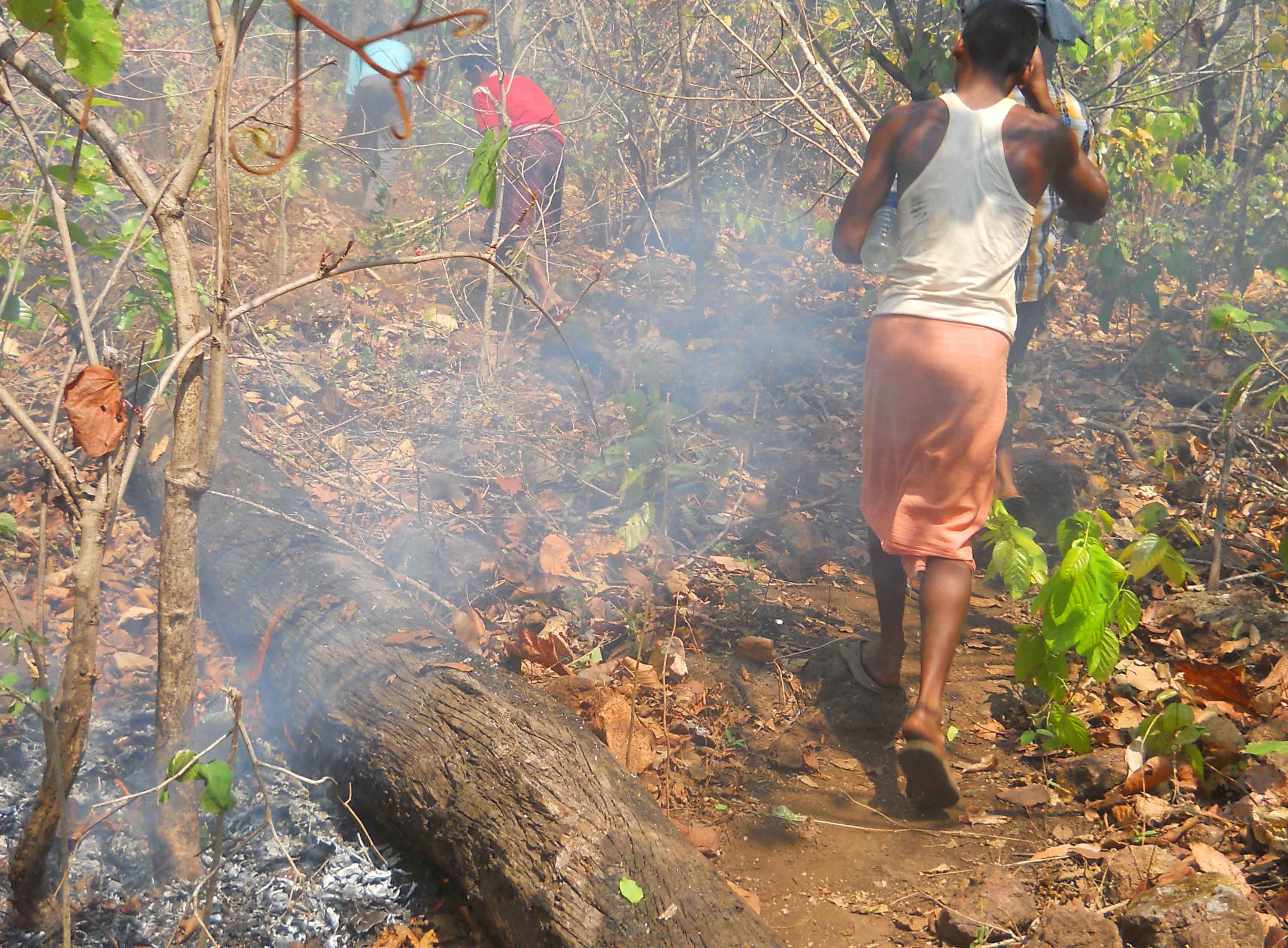
Debasis Mahapatra, a businessman, who along with a team of like-minded people, works towards protecting forests from frequent fires, says, “Given the rising temperature and pollution, it’s our responsibility to safeguard our jungles from fire. It is the only way to get pure oxygen. During the summers, forests easily catch fire and it spreads fast if there is dry litter. Along with my friends, I go to the nearest forest and try to make the people aware about the consequences of frequent forest fires and the precautions that need to be taken. We also clear the litter around the forest so that if there is a fire, it will not spread across the area. We also join hands with government officials in dousing and preventing fires in forests.”
Of course, the forest department takes several measures to reduce the occurrence of forest fires. However, they must try to involve the community more in their efforts, says Hemanta. “Apart from sensitising the community to take measures to prevent the fire from spreading, the forest department should also take the initiative to involve the community in checking forest fires. Appreciating a community and recognising its efforts will motivate them to take forward the initiative. In many parts of the world, and in our country, there are forest protection committees, which are actively engaged in controlling fire and protecting the forests. We need to publicise their success stories in our state,” he says.
SOYONG, OP

